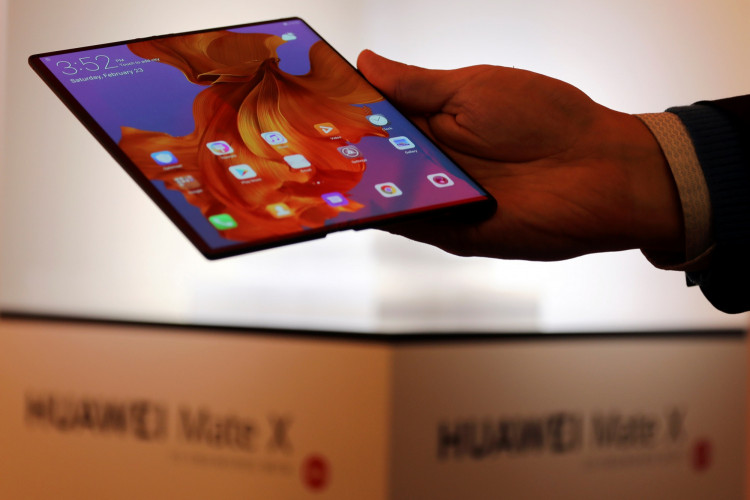Chinese telecom and tech giant Huawei announced in 2018 its first foldable smartphone, the Huawei Mate X. Although the revolutionary smartphone was postponed several times before it was officially released, it got a warm reception from consumers. A new report claims that the Chinese smartphone maker will follow up with a couple more foldable devices, the Huawei Mate Xs and the Mate X2, which might arrive in the third quarter or second half of 2020.
Huawei Mate X2, the successor of last year's Mate X, might arrive sometime in the second half of 2020, according to Digitimes. The small-volume trial production for components needed in the next generation foldable smartphone from Huawei has already started, adds the report. The same release window was revealed by tipster named Rodent950, which claims that the Mate X2 might arrive in the third quarter of next year.
Mate Xs, March 2020, MWC2020
Mate X2 Q3 2020 — Teme (特米) (@RODENT950) December 25, 2019
Based on the release window, the Huawei Mate X2 could house the Kirin 1000 processor and could launch at IFA 2020, reports GizmoChina. The next generation foldable smartphone, according to the same tipster, will adopt a design similar to the Samsung Galaxy Fold. In other words, it will inwards and not outwards. Additionally, the Huawei Mate X2 will feature a full-sized phone screen and a smaller display that will hold notifications and alerts reveal the tipster. Based on the details shared by the tipster, the Mate X2 will not unfold into a tablet but a regular phone with a full-screen, perhaps ranging between 6.5-inches and 6.9-inches. In November, the World Intellectual Property Office published a Huawei patent that reveals a vertically foldable smartphone similar to Motorola RAZR 2019.
#HuaweiMateX2 #MateX2 Huawei Mate X2 pic.twitter.com/6KVAuCPWLH — XQ55 (@XQ55) September 30, 2019
The diagrams show that when folded, the phone does not equally fold and left a part of the display sticking out. This part could serve as a secondary display for showing notifications, almost similar to the details leaked by the tipster. It is worth mentioning that the launch date of Huawei Mate X was moved several times.
#Huawei is reportedly planning to launch another foldable smartphone Mate X2 in the third quarter of next year https://t.co/LV35fXs13g#gadgets — The Hindu Business (@thehindubiz) December 26, 2019
Huawei did not reveal the reason behind the delay. Some critics believed that the US-China trade war and the US ban played a significant role in forcing the Chinese tech giant to push its launch date. Several rumors claimed that Huawei's smartphone was not ready for prime time, so the company was pushed for a later date.






